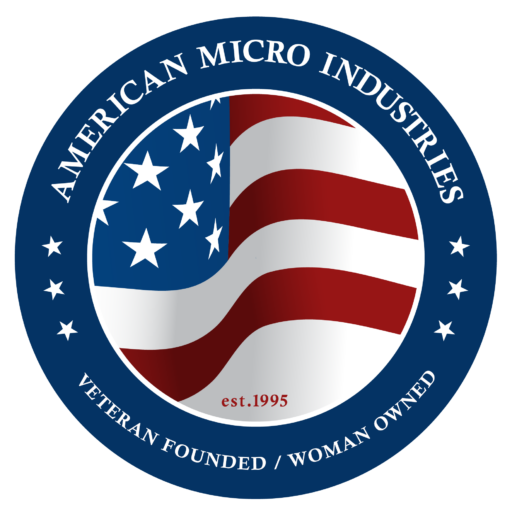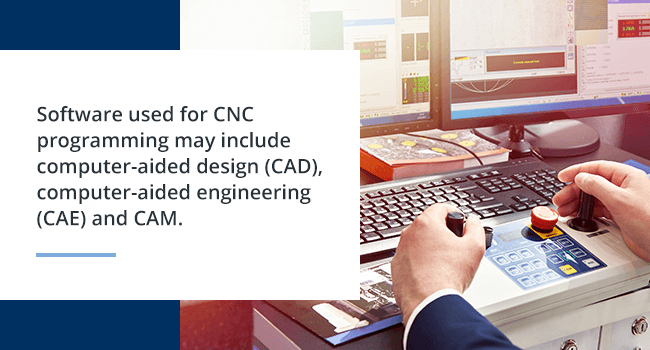

Jump to:
Computer numerical control programming represents the foundation of modern manufacturing processes. This coding system enables machines to perform precise tasks automatically. CNC programming creates instruction sets that guide manufacturing equipment through complex operations. Digital commands control the movements of industrial machines. These machines transform raw materials into finished products with high accuracy. This approach ensures consistent quality in manufacturing. CNC programming eliminates many human errors common in manual production methods.
The programming process converts digital instructions into physical objects. Well-written programs direct tools to cut materials with precision. These specialized tools shape materials according to detailed blueprints. Learning CNC programming requires practice and dedication. The complexity comes from understanding tool behaviors and machine responses. Beginners can master basic skills through consistent practice. With time, novice operators develop into skilled programmers capable of complex work.
CNC systems operate using two main code types. G-codes control the position of tools and materials. These codes prepare workpieces for machining processes. M-codes activate tool rotations and manage machine functions. CNC programming relies on these standardized codes for consistent results across different machines. The system also uses specialized codes for specific functions: S-codes for speed, T-codes for tool selection, D-codes for diameter offsets, and F-codes for feed rates.
Learn About Our CNC Machining Services
Three main types of CNC programming exist – manual, computer-aided manufacturing (CAM) and conversational. Each has unique pros and cons. Beginner CNC programmers should learn what distinguishes each type of programming from the others and why all three methods are essential to know.
Manual CNC programming is the oldest and most challenging variety. This type of programming requires the programmer to know how the machine will respond. They need to visualize the program’s outcome. Therefore, this type of programming is best for the simplest tasks or when an expert must create a highly specific design.
CAM CNC programming is ideal for those who may lack advanced math skills. The software converts CAD design into the CNC programming language and overcomes many of the mathematical hurdles required when using a manual programming method. This approach presents a reasonable middle ground between the level of expertise necessary for manual programming and the extreme ease of conversational programming. However, by using CAM for programming, you have more options compared to the latter and can automate much of the process with a CAD design.
The easiest type of programming for beginners is conversational or instant programming. With this technique, users don’t need to know G-code to create the intended cuts. Conversational programming allows the user to enter the essential details in simple language. The operator also can verify tool movements before executing the program to ensure the design’s accuracy. The downside to this method is its inability to accommodate complex paths.
The best type of CNC programming for your needs depends on your comfort level with the system. Most beginners will not want to use manual programming due to its difficulty and high margin of error. However, CAM programming and conversational programming are both accessible options for those entering this field. For those who want to machine complex designs, CAM works better. However, at first, you may work with conversational programming to make simple shapes and get comfortable with how programs interact with the machine.

Learn About Our CNC Machining Services
Software used for CNC programming may include computer-aided design (CAD), computer-aided engineering (CAE) and CAM.
CAD software allows designers to work entirely in the computer for modeling their designs, instead of using paper. However, the design produced by CAD software must go through a CAM program to create the CNC machine directions.
Typically, CAE software is a tool engineers use when fine-tuning design aspects such as flow and heat dynamics, movement and optimization for a specific function.
Of the three, CAM is the most essential for CNC programming. This software converts designs into CNC programming code for directing the machine.
Beginners should first find a software program they can use. CAD and CAM software or a program that integrates these two will suffice for novices. However, because everyone’s needs are different, the best software will depend on what you find easiest to use. Research your available options available and request demos when possible to find software that you can work with.
Don’t forget to brush up on math and computer programming skills to make the lessons easier, and maintain a regular schedule of learning and practicing programming methods.
Beginners often want to know, “How difficult is CNC programming?” The answer is not as straightforward as you might expect. Most programmers with an understanding of math and coordinate geometry readily learn the basics. However, mastering the more advanced features of CNC programming takes effort, practice and skill. If you want to attain this level of expertise, keep working at programming and find a class to help you along the way.
Beginners should start with simple, small projects. Trying to tackle oversized or heavy projects that require extra considerations during programming and setup may present too great of a challenge. By succeeding with several small projects, you’ll maintain your motivation to continue working up to more challenging pieces.
Don’t forget to ask for help. If you take a CNC programming class through a college or university, ask plenty of questions. Many online CNC classes have forums or chat features where you can get helpful answers. Use these to get assistance when you feel stuck on a project.
There are several online and in-person resources for learning CNC programming. An internet search can help you connect with resources for learning in your area. Completing a formal class will help you ensure that you have mastered the basics before moving onto more difficult project work.
You can also find books and similar resources for working at a self-guided pace to learn CNC programming. Look for works intended for students or educators to help them learn how to program CNC machines. One example is the Primer for the SkillsUSA/VICA Championships from Industrial Press, which gives an introductory course in CNC programming.

While beginner CNC programmers can learn basic concepts quickly, mastering this art requires years of practice and effort. At American Micro Industries, we can’t teach you CNC programming, but we can help you get the job done quickly, efficiently and accurately. For your most crucial projects, trust our machining experts at American Micro Industries to produce the required components to high specifications. For questions, more information or a free quote, contact us today at American Micro Industries.